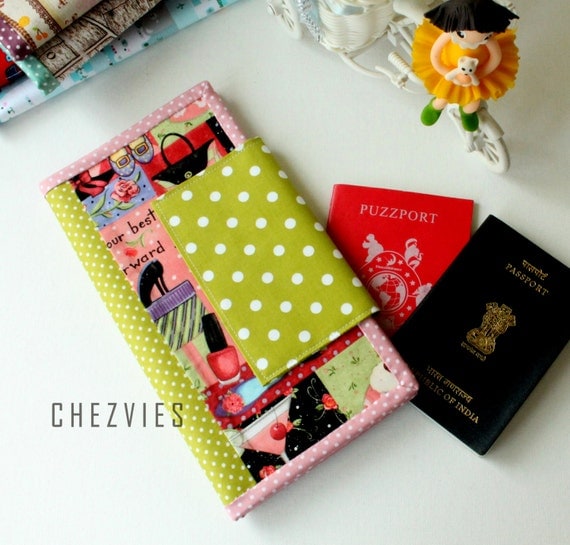Hello,
Today I want to share about interfacing. Not the famous brand interfacing because we don't have those branded interfacings here in India. I often receive a message asking what interfacing I used in my bags, pouches, and wallets.
Many of you probably already read interfacing guide by Sew Sweetness but since we - in India - don't have all those brands, we are back to square one, right?
I have been experimenting with many kinds and quality of interfacings. Which interfacing to use depends on what kind of project and what look that I want. Floppy, firm, sturdy, quilted, etc.
I recently purchased a roll of heavy woven interfacing and I am happy that I finally found it. It took me several trips to the wholesaler. He was kind enough to let me check through all kinds of interfacings without asking "what are you making, ma'am?" which is pretty much the habit of an Indian (male) shopkeeper/salesperson. And it always pisses me off, cos what I am making is none of his business ^^.
Anyway, I found what works best for my projects.
I use this very frequently to make small projects like small pouches or pencil pouch, and also bags. This will make cotton fabric feel like home decor weight fabric. Not as thick as canvas though. I used this to make the Phone Pouch and Kindle Cover, pencil pouch, and Tote bag. With this interlining, adding batting to the pouch won't be a problem.
Result: Soft /floppy and wrinkle-free, which means you can smoothen it with a warm iron.
I discovered this recently. It's thicker than all-purpose interlining. It gives a good shape to the bag and pouches.
 |
| You can see the fabric print more prominent on the all purpose interlining Medium = MCL 3001 Madura Coats India |
I use this for a pouch or any purse that I don't need to be padded or add batting, but more sturdy without being too stiff. Sometimes I use this interfacing for wallet or passport wallet too, combined it with Heavy Interfacing.
 |
| Heidi Mini Foldover Bag |
This is also woven but heavier. This will make your fabric feels like canvas.
 |
| MCL 1616 (Madura Coats India) |
I use this for my family passport wallets and women's wallets. The result is a firm/sturdy but soft wallet. Since it's a cotton base, it makes the hand sewing less painful.

4. Buckram
This is my alternative if I could not get the heavy interfacing for my wallet. This is the one with a papery feeling and it makes the fabric very stiff. I only use this for wallets. Since I don't have to do "birthing", it works out fine. You can read HERE to learn more about Buckram.
 |
I remember I made a tote bag with buckram and it wrinkled beyond repair LOL. I used it for a shopping bag. (Update: I stopped using buckram for my bag and wallet projects)
All the above are iron-on or fusible. Which means one side is glue coated. I normally spray the fabric with water and place the glue side on the wrong side of the fabric, and iron it on a cotton setting. For lighter interlining use a setting in between wool and cotton.
5. Lightweight Non-Woven Interfacing.
This transparent fusible interfacing is called "pasting" in India. I use this a lot for my wallet card slots, quilted pouches, and also applique.

It's good to give just enough thickness especially for card slots, or the inner pocket of a bag. But you have to be extra careful because it will shrink and wrinkled if the iron is too hot. I use a wool setting while ironing this interfacing. If you're careful, you will get a nice and smooth result.
 |
| Card slot from Trifold Women's Wallet |
I always use this interfacing to make a quilted purse. With this interfacing, the quilted bag or purse will be soft but sturdy, even after washing
I also use this for quilted pouches and bags, especially when I work with Indian Fabric.
You can easily buy this interfacing in a "button shop" in India. Sometimes, they sell it meterage, but I always buy in a full package. It's around INR 150 for a pack of 10 meters.
 |
| Quilted Zipper Pouch |
UPDATE: There are many brands of interfacing in India, what I wrote here is the one I am using and that works best for me.
Where to buy it?
I bought my interfacings from a local dealer in the market. You can get them online on Amazon India or other websites, but make sure to contact the seller first. Because there is no clear description in the listing that I saw in Amazon India, and the seller will casually write interfacing or interlining as buckram.
That's all for today. Don't be scared to experiment. Make the best of what you can find locally. I hope this simple guide will be useful for you.
Thank you for stopping by and read my blog. Don't hesitate to leave a comment or two.
Until then,
Elvira







